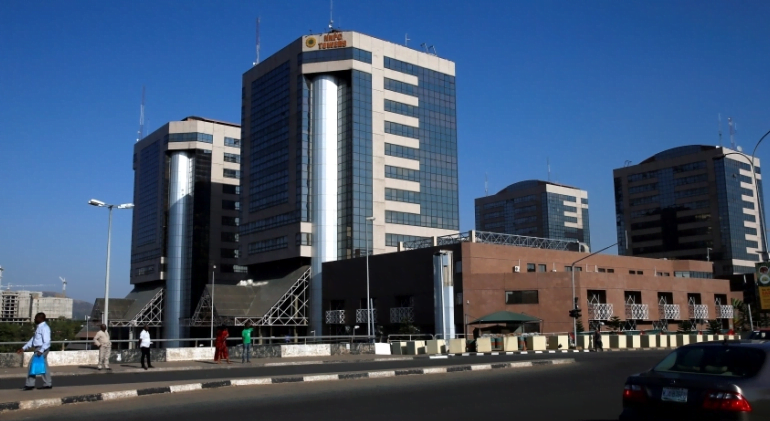The Nigerian National Petroleum Company (NNPC) Limited has failed to meet the deadline for its initial public offering (IPO).
The company revealed this in its quarterly report.
In compliance with the Petroleum Industry Act (PIA), the state-run oil corporation transitioned into a commercial venture on July 19, 2022.
During the transition ceremony, Mele Kyari, the group chief executive officer (GCEO) of NNPC, announced plans for an IPO launch by mid-year 2023.
However, as per the latest quarterly report, the NNPC was expected to be IPO-ready by the end of Q2, but it is now into Q3 with no IPO launched.
“NNPC Ltd is making a deliberate effort to properly clean up its books towards recapitalisation,” the report reads.
“The PIA provides that NNPC Ltd will be in a position to consider any initial public offer (IPO) in three years’ time.”
The company said it understands that when “you want to get ready for IPO, you need to do things differently”.
“You need to get your books correct. You need to recapitalise and shape your portfolio,” NNPC said in the document.
“With the declaration of profit-after-tax for the financial years 2020 and 2021 (and with 2022 coming up soon), NNPC Ltd is currently in good stead for an IPO declaration.
“Fingers crossed, NNPC will be IPO-ready by the second quarter 2023.”
Individuals can become shareholders.
The quarterly report further stated that once initiated, the IPO will provide interested individuals with the opportunity to become shareholders of NNPC Ltd.
The report also highlighted that the national oil firm plans to retain 20 percent of its profit as retained earnings to support the growth of its business.
The company will also impose fees for services rendered upon the request of the Nigerian Upstream Regulatory Commission (NUPRC) and the Nigerian Midstream and Downstream Petroleum Regulatory Authority (NMDPRA).
“NNPC Ltd will earn 30 percent of profit oil and gas as management fee for production sharing contracts (PSCs),” the publication further reads.
“NNPC Ltd will be able to raise funds via loans, bonds, and other financial instruments.”
